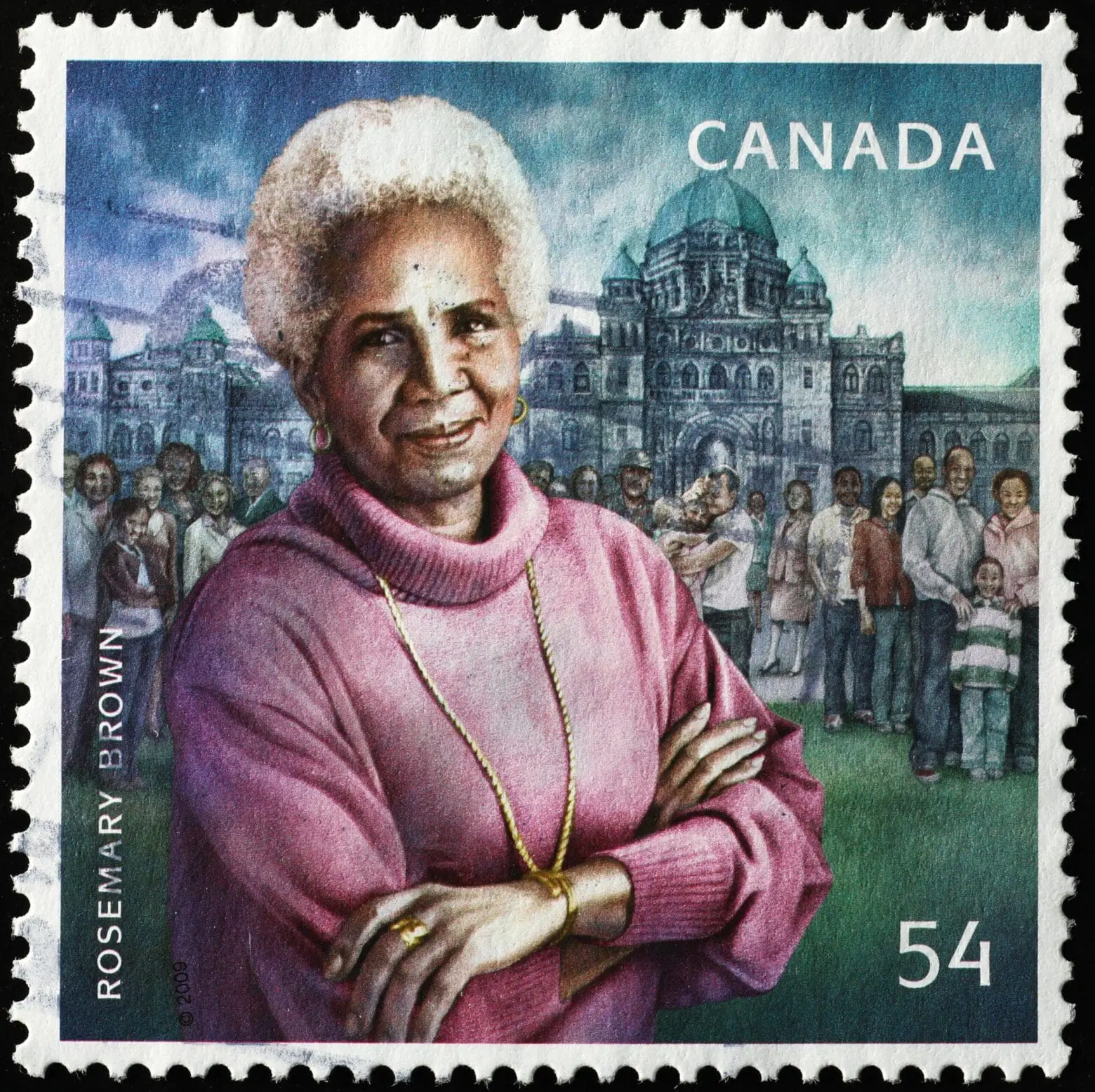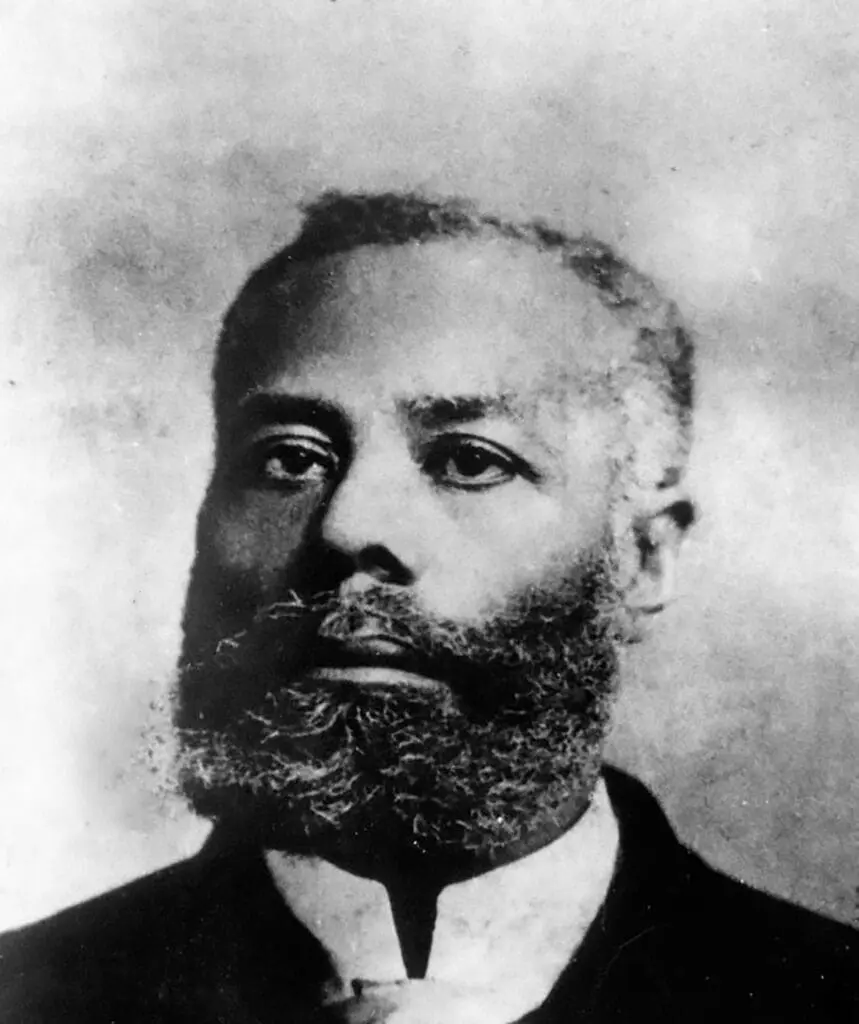Have you ever heard the phrase, ‘Until all of us have made it, none of us have made it’? These are the famous words of Rosemary Brown, and not only are they a catchy slogan, but they were said as a rallying call that echoed through Canadian politics in the 1970s. Long before “intersectionality” became a widely recognized term, Brown was already paving the way as the first Black woman elected to a provincial legislature in Canada. Not only did she break barriers, she also challenged their very existence.
From Kingston to Revolution
In 1951, a young Rosemary Brown arrived in Canada from Kingston, Jamaica, eager to study at McGill University and embrace what she believed to be a land of opportunity. She quickly realized that this was not the case, and Canada was not the promised land of opportunities she had hoped for. Rather, it was plagued by discrimination in employment, education, and housing. Many would have withdrawn or accepted such fate in despair, but Brown decided she would try to rewrite the rules entirely. With a degree in social work and a relentless drive, she started a political career that left a lasting positive mark on Canadian history.
Changing the System
Her political career started in 1972, and she didn’t waste time creating her campaign slogan ”Brown is Beautiful,’ a bold, radical declaration when neither Blackness nor womanhood was embraced in political environments. When she became a Member of Legislative Assembly (MLA), Brown decided she wouldn’t just have a seat at the table but rather flip it over, introducing revolutionary legislation that addressed topics such as gender-based discrimination and the creation of Canada’s first women’s shelters.
Beyond Being First
Being the first Black Canadian woman to be elected to a Canadian provincial legislature wasn’t good enough for Rosemary. She decided during her New Democratic Party (NDP) run in 1975 that she didn’t just want to raise another ceiling; she wanted to rebuild the entire house. Her thoughtful campaign challenged Canadians to picture a future where leadership wasn’t determined by only gender or race. Even though she was the runner-up, her campaign run fundamentally changed the outlook of Canadian politics.
A Legacy That Continues
In 2025, Brown’s influence is still felt everywhere, including in the laws protecting women’s rights, in the human rights commissions she championed, and in the increasing diversity of politicians entering governments across Canada. Her achievements as Chief Commissioner of the Ontario Human Rights Commission (OHRC), and her role in establishing the Vancouver Status of Women Council laid the groundwork for institutional change that still shapes today’s policies. When Rosemary Brown passed away in 2003, she left a series of pioneering accomplishments and crafted a foundation for change. As social justice movements continue, her intersectional approach to fighting oppression has felt more significant than ever. As we face contemporary challenges in equity and representation, Brown’s legacy reminds us that the most powerful changes often come from those who refuse to wait for validation and are not afraid to step up.
ABOUT THE AUTHOR
Kwame Adoo is a Canadian entrepreneur and marketing professional, with parents from Ghana, West Africa. From a young age, he has had a passion for storytelling through poetry, music, and literature.







